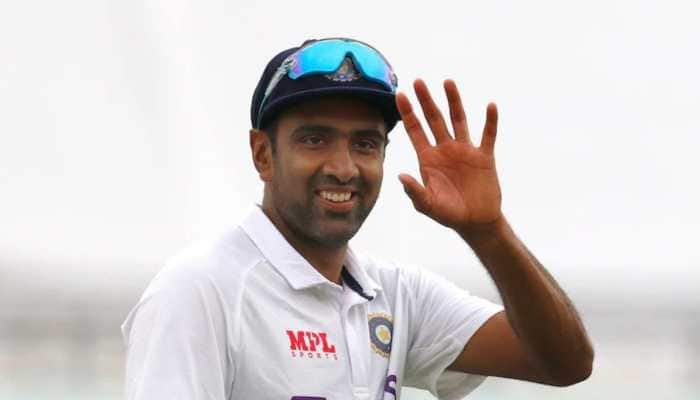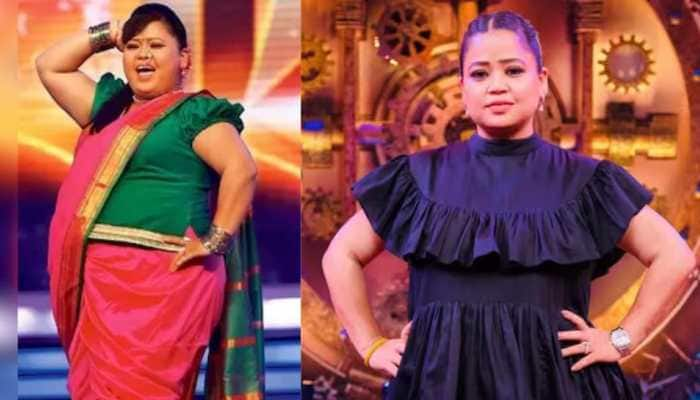Republic Day 2024: Know History, Significance And Celebration Here
Republic Day serves as a reminder of India's commitment to democracy, justice, liberty, and equality, as enshrined in the Constitution.
Trending Photos
) Image for representation
Image for representation Republic Day, celebrated annually on January 26, marks the momentous occasion when the Constitution of India came into effect in 1950, replacing the Government of India Act (1935). This significant day honors the transition of India into a sovereign republic, governed by its own laws and principles.
Republic Day is not just a commemoration of India's constitutional journey but a testament to its resilience, diversity, and commitment to democratic ideals. As the tricolor unfurls across the nation, it symbolizes the collective dreams and aspirations of a billion hearts beating in unison for a better, more inclusive future.
Let's delve into the history, significance, and vibrant celebrations that characterize Republic Day.
Also read: Republic Day 2024: Chef’s Special Tricolour Recipes You Must-Try At Home
Historical Roots:
The roots of Republic Day can be traced back to 1930 when the Indian National Congress declared 'Purna Swaraj' or complete independence from British rule. However, it wasn't until January 26, 1950, that India formally adopted its Constitution, drafted by Dr. B.R. Ambedkar, embodying the aspirations and values of a diverse nation.
Significance of the Constitution:
Republic Day serves as a reminder of India's commitment to democracy, justice, liberty, and equality, as enshrined in the Constitution. The document not only lays down the fundamental rights and duties of citizens but also establishes the framework for the government's functioning, emphasizing the rule of law.
Celebrations Across the Nation:
Republic Day celebrations unfold with grandeur and patriotic fervor throughout the country. The main event takes place in the capital, New Delhi, at Rajpath, where the President of India unfurls the national flag, and the three armed services showcase their military prowess in a spectacular parade. The event attracts thousands, both in person and through televised broadcasts, fostering a sense of unity and pride.
Cultural Extravaganza:
Apart from the military parade, Republic Day celebrations include vibrant cultural performances from different states and union territories, showcasing the diversity that defines India. Folk dances, traditional music, and artistic displays contribute to the rich tapestry of the nation's cultural heritage.
Showcasing Military Strength:
The Republic Day parade is a spectacle that showcases India's military prowess. The armed forces, paramilitary units, and various defense capabilities participate, displaying advanced weaponry and technology. The Beating Retreat ceremony at Vijay Chowk, held on January 29th, marks the formal end of the Republic Day festivities.
Educational Significance:
Republic Day is an occasion for educational institutions to instill a sense of pride and responsibility in students. Special programs, debates, and flag hoisting ceremonies are organized, emphasizing the importance of upholding the values enshrined in the Constitution.
Symbol of Unity:
Beyond the festivities, Republic Day serves as a powerful symbol of national unity. It brings together people from diverse backgrounds, languages, and cultures under the common banner of being Indian. The celebration transcends regional boundaries, fostering a collective spirit of patriotism.
Challenges and Reflection:
While celebrating achievements, Republic Day is also a time for reflection on the challenges faced by the nation. Issues such as social inequality, economic disparities, and the quest for inclusive development remain focal points for discussion.
Stay informed on all the latest news, real-time breaking news updates, and follow all the important headlines in india news and world News on Zee News.
Live Tv







)
)
)
)
)
)
)
)
)
)
